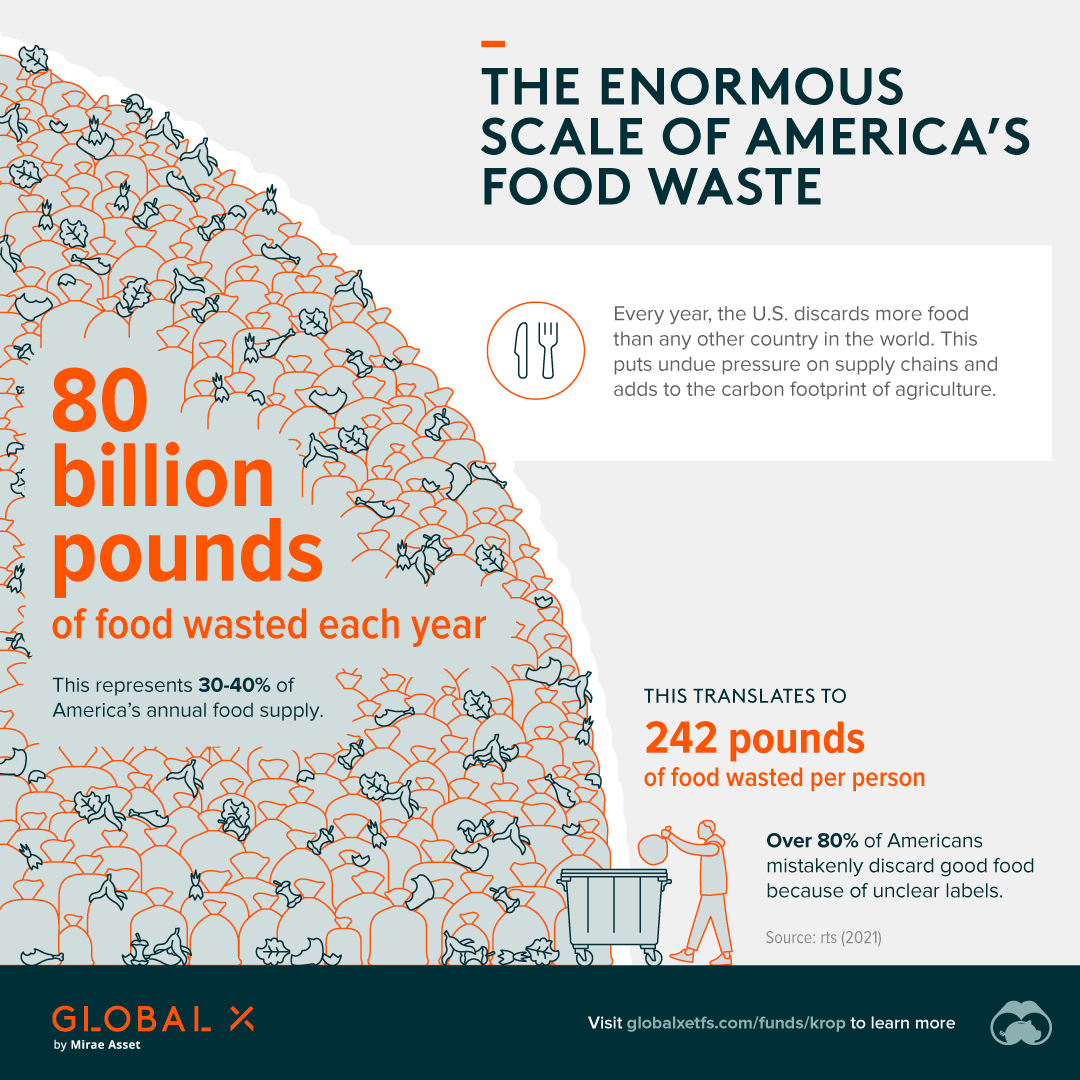The Enormous Scale of America’s Food Waste
The following content is sponsored by Global X ETFs.
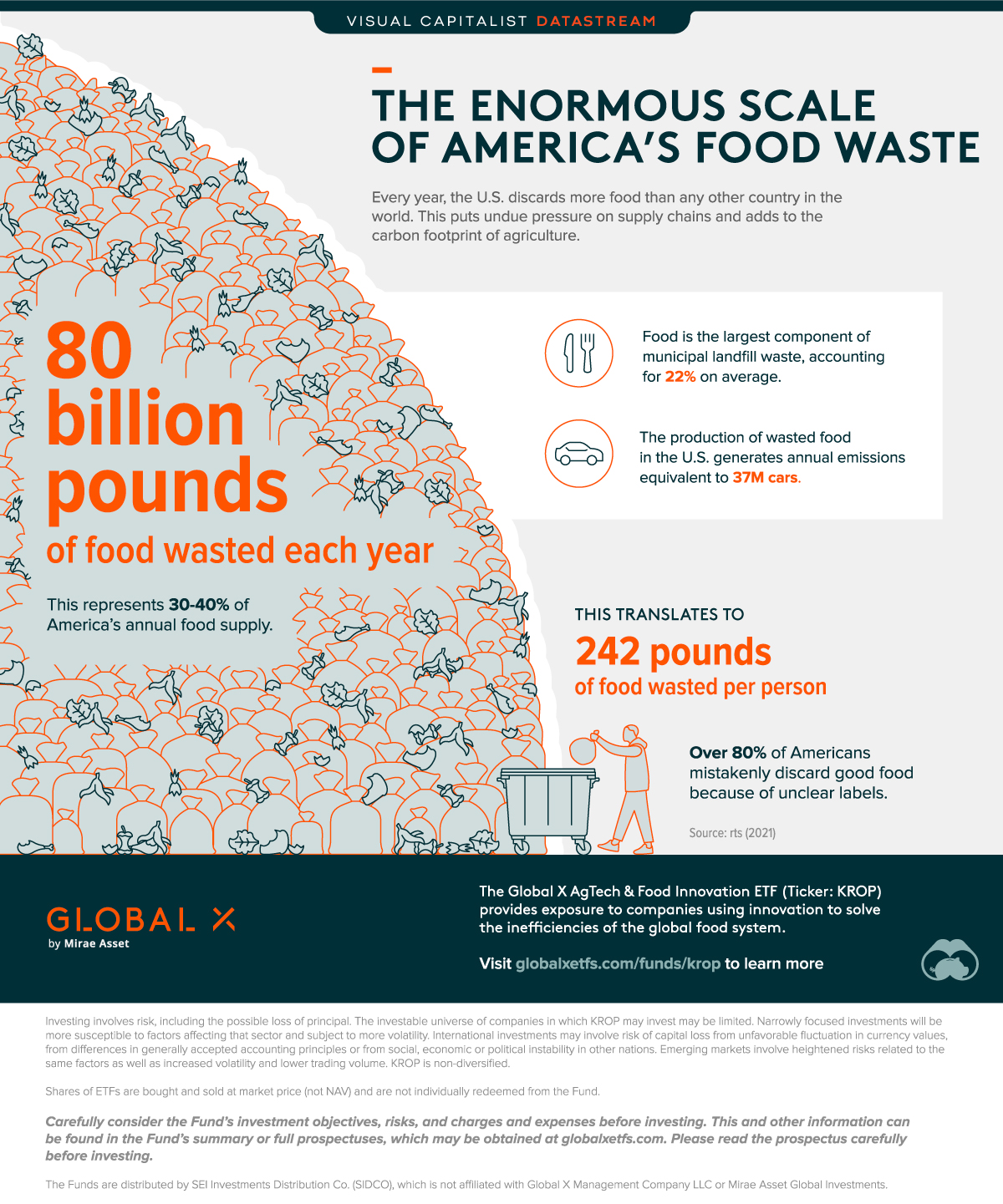
The Briefing
- 80 billion pounds of food are wasted every year in the U.S.
- The majority of waste is created by households and retailers
The Enormous Scale of America’s Food Waste
Every year, 30% to 40% of food produced in the U.S. is either lost or wasted.
This waste occurs throughout the entire supply chain, though the majority of it occurs in downstream channels like households and retailers. Overall, 80 billion pounds of food is wasted each year, representing 242 pounds of food per person.
In this graphic sponsored by Global X ETFs, we highlight some of the most alarming facts regarding food waste in America.
Tracking Food Waste
The following table, using data from Recycle Track Systems (RTS), breaks down the sources of America’s food waste.
| Category | Percentage of total waste (%) |
|---|---|
| Households | 43% |
| Restaurants, grocery stores, food service companies | 40% |
| Farms | 16% |
| Manufacturers | 2% |
Percentages may not add to 100% due to rounding.
Surprisingly, households are the biggest source of food waste. One reason for this is people’s habit of overbuying, which naturally leads to large amounts of food going bad.
Another culprit is the lack of standardized packaging—it’s estimated that over 80% of Americans discard edible food because they misunderstand the expiration labels. Consumers should note that such labels are not regulated by the U.S. Food and Drug Administration (FDA).
The second biggest component of food waste is retailers such as grocery stores. According to the Food Industry Association, the average grocery store has over 31,000 items on its shelves. Many of these goods are not sold in time and end up in landfills.
Supermarkets don’t want to sell [food] that’s close to the expiration date because customers won’t buy it. The food is still good if it’s approaching—or even if it passes—the ‘sold by’ date.
– Tom Abinanti, New York State Assemblyman
In 2016, France tackled this issue by becoming the first country to pass food waste prevention legislation. This law mandated supermarkets to sign an agreement with food banks to donate unsold (but still edible) products. Reports pointed out that donation quantities increased by 30% in the following year.
AgTech & Food Innovation
The UN predicts that by 2050, food production will need to increase by 70% in order to match global population growth. Without improvements to existing supply chains, this increase will result in much more waste.
Thankfully, AgTech & food innovation are playing central roles in developing better systems. This includes blockchain-based food tracking, spoilage preventative packaging, and in-store sensors which improve inventory management.
Combined with the need for greater food production, this global challenge represents an opportunity for ESG-minded investors to support the shift to a more sustainable future.
Source: RTS
-

 Datastream10 months ago
Datastream10 months agoCan You Calculate Your Daily Carbon Footprint?
Discover how the average person's carbon footprint impacts the environment and learn how carbon credits can offset your carbon footprint.
-
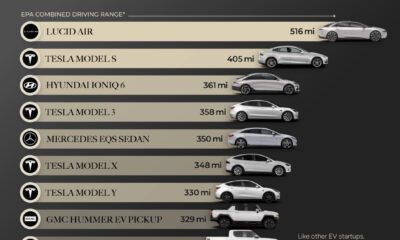
 Datastream11 months ago
Datastream11 months agoThe 10 Longest Range EVs for 2023
This infographic lists 10 of the longest range EVs currently for sale in the U.S. in 2023. The Lucid Air takes first place at 516 miles.
-
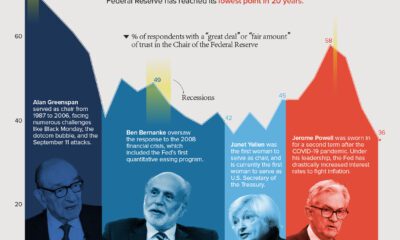
 Economy11 months ago
Economy11 months agoCharted: Public Trust in the Federal Reserve
Public trust in the Federal Reserve chair has hit its lowest point in 20 years. Get the details in this infographic.
-
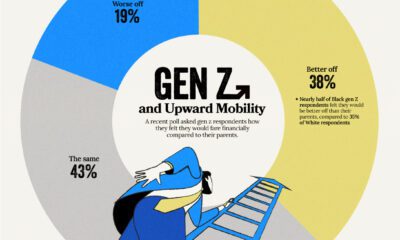
 Datastream12 months ago
Datastream12 months agoHow Gen Z Feels About Its Financial Future
Despite the looming uncertainty, members of Gen Z maintains an optimistic outlook about their financial future
-
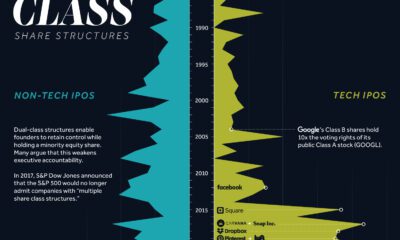
 Datastream1 year ago
Datastream1 year agoMore U.S. Tech Companies are Adopting Unequal Dual-Class Voting Structures
Dual-class share structures are rising in popularity, and they give executives much more voting power within a public company.
-
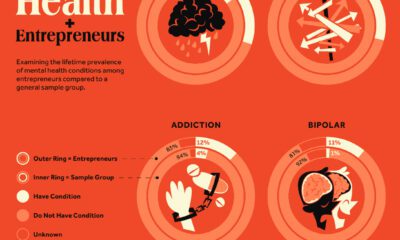
 Datastream1 year ago
Datastream1 year agoThe Link Between Entrepreneurship and Mental Health Conditions
Research explores the link between entrepreneurship and mental health conditions such as ADHD and bipolar disorder

